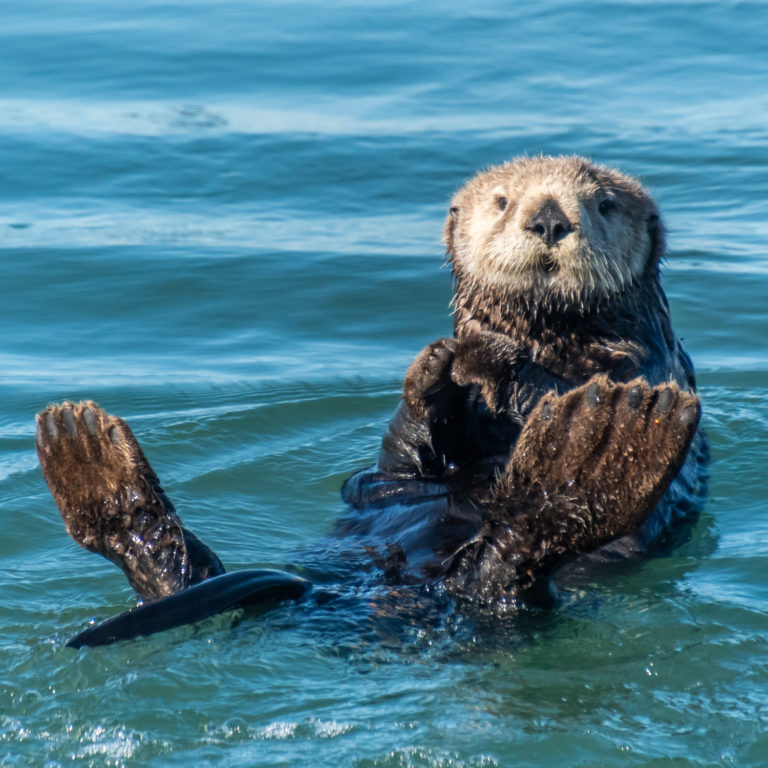
The U.S. government created the Marine Mammal Protection Act (MMPA) in 1972. It was radical for its time as it was the first law to take an ecosystem approach to management and protection of species. In 1972 marine mammal populations were in decline, some to the point of extinction, as a result of human activities like hunting and fishing.
Officially, “the MMPA established a national policy to prevent marine mammal species and population stocks from declining beyond the point where they ceased to be significant functioning elements of the ecosystems of which they are a part.”
The MMPA plays a critical role in protecting all marine mammals in a time of many threats to the ocean ecosystem. These threats include climate change, pollution, shipping, and more. Thanks to the MMPA, it is illegal to harass, feed, hunt, capture or kill any marine mammal.
Protecting marine mammals is a big job as they live in diverse habitats. Three arms of the government carry out the MMPA:
- NOAA Fisheries—responsible for the protection of whales, dolphins, porpoises, seals, and sea lions.
- U.S. Fish and Wildlife Service—responsible for the protection of walrus, manatees, sea otters, and polar bears.
- Marine Mammal Commission—provides independent, science-based oversight of domestic and international policies and actions of federal agencies addressing human impacts on marine mammals and their ecosystems.
















